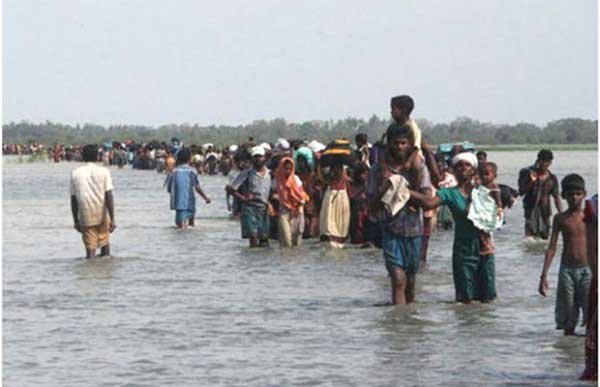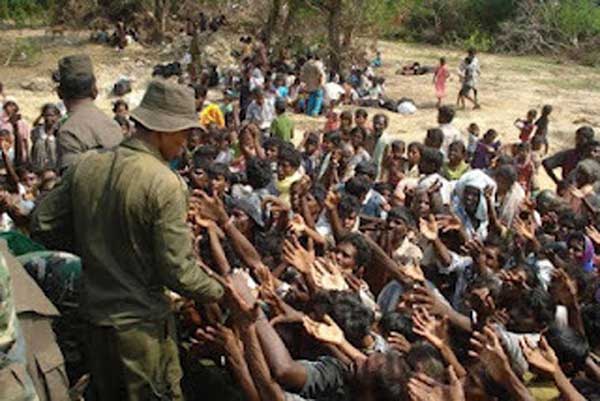25 Sep 2015 - {{hitsCtrl.values.hits}}

.jpg)
.jpg) The Report of the OHCHR Investigation on Sri Lanka (OISL) has explained the reasons for its inability to gain more comprehensive or official details on LTTE activity thus - “As the senior leadership of the LTTE was killed by the end of the conflict, OISL could not access LTTE officials for direct information regarding the group’s policies, operations or responses to alleged abuses. Investigators interviewed a number of former LTTE cadres who had been subjected to torture and other grave violations by Government security forces. During the interviews, some provided information regarding LTTE responsibility for atrocities or abuses, but most were reluctant to acknowledge or discuss any practices or policies by the organization which might not accord with international law. In addition, the lack of availability of official LTTE documents made it difficult to confirm at what level some practices had been sanctioned. Nevertheless information from a range of sources, including victims of LTTE abuses, enabled OISL to document patterns of abuses committed by the LTTE”.
The Report of the OHCHR Investigation on Sri Lanka (OISL) has explained the reasons for its inability to gain more comprehensive or official details on LTTE activity thus - “As the senior leadership of the LTTE was killed by the end of the conflict, OISL could not access LTTE officials for direct information regarding the group’s policies, operations or responses to alleged abuses. Investigators interviewed a number of former LTTE cadres who had been subjected to torture and other grave violations by Government security forces. During the interviews, some provided information regarding LTTE responsibility for atrocities or abuses, but most were reluctant to acknowledge or discuss any practices or policies by the organization which might not accord with international law. In addition, the lack of availability of official LTTE documents made it difficult to confirm at what level some practices had been sanctioned. Nevertheless information from a range of sources, including victims of LTTE abuses, enabled OISL to document patterns of abuses committed by the LTTE”. .jpg)

.jpg) The UN report has revealed a lot of information about LTTE activity. I shall however confine this article to the issue of how the tigers controlled civilian movement alone. Hopefully other aspects concerning the LTTE could be delved into in greater detail in forthcoming articles. The OISL report at the outset states that “Controls on movement by the LTTE date back many years before the start of the period covered by this investigation, notably by a pass system that was used to grant permission for leaving LTTE-controlled areas. The pass system was implemented with varying degrees of severity. From the beginning of 2009, however, the restrictions became more severe and the pass system was stopped other than for urgent medical cases”.
The UN report has revealed a lot of information about LTTE activity. I shall however confine this article to the issue of how the tigers controlled civilian movement alone. Hopefully other aspects concerning the LTTE could be delved into in greater detail in forthcoming articles. The OISL report at the outset states that “Controls on movement by the LTTE date back many years before the start of the period covered by this investigation, notably by a pass system that was used to grant permission for leaving LTTE-controlled areas. The pass system was implemented with varying degrees of severity. From the beginning of 2009, however, the restrictions became more severe and the pass system was stopped other than for urgent medical cases”..jpg) number of soldiers and at least eight civilians, including a child. The United Nations spokesperson in Sri Lanka at the time stated “the UN deplores the attack that killed and endangered the lives of innocent civilians, especially those fleeing the fighting”.
number of soldiers and at least eight civilians, including a child. The United Nations spokesperson in Sri Lanka at the time stated “the UN deplores the attack that killed and endangered the lives of innocent civilians, especially those fleeing the fighting”. .jpg)
16 Nov 2024 3 hours ago
16 Nov 2024 4 hours ago
16 Nov 2024 4 hours ago
16 Nov 2024 5 hours ago
16 Nov 2024 6 hours ago